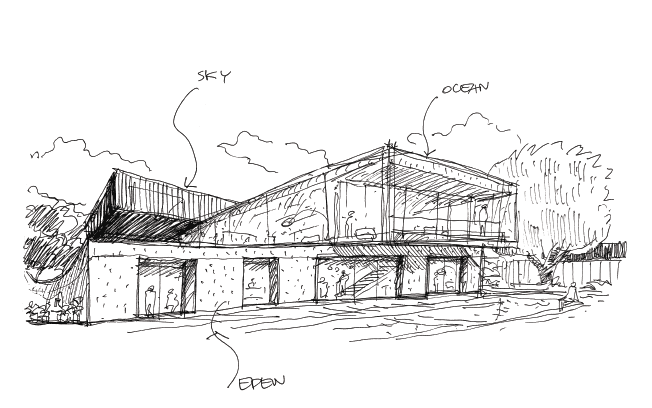Architectural design is a discipline that extends well beyond the mere construction of functional spaces; it is an intricate process that constructs experiences, connecting people with their environment in meaningful ways. Every drawn line, created shape, and erected structure tells a story, a rich narrative with human interaction, cultural significance, and emotional resonance. And this has been the case since the dawn of time.
In an ideal world, this is what should happen. Unfortunately, we do not live in such a world, and we must constantly negotiate to balance our idealistic aspirations against the materialistic nature of reality.
But let’s take one step at a time!
Throughout my journey in architectural education, my professors consistently emphasized to us the substantial weight that the line of an architect carries. My esteemed professors, who seemed to exist among the gods of Olympus and were therefore light years away from reality (especially considering we were at IUAV, Venice, Italy, a supreme institute rich in abstract theories yet a graveyard for pragmatism), were referring to the conceptual, typological, and morphological significance of the architect’s line. I recall how we must justify every single line of our projects compulsively, ensuring that each line was connected to some nearby Roman ruin or aligned with a nearby cardo and/or decumanus. Such was madness. Anyway.
Reflecting on an experience from nearly 30 years ago, careful attention to detail remains important. This means thinking critically about what you are drawing. Give significance to the line; trace it with thoughtful consideration. Understand what lies behind that line and what will follow its path. Only after gaining sufficient industry experience did I understand that the weight of the line holds primarily economic value: costs and, above all, profits! Every line we trace represents a cost, a quantifiable expense linked to materials and labor.
The architect’s line is heavy. It encompasses the responsibility to design functional spaces, evokes emotions through design, harmonizes structures and systems, adheres to budget constraints, meets market demands, and ultimately generate profits for the client. This is no small task for a simple line!
This revelation has fundamentally changed my approach to drawing and reinforced my belief that the initial concept is the most relevant phase of every project. Often, everything begins with the very first sketch that an architect creates.
A dear friend of mine, who studied at the Academy of Fine Arts in Venice, once told me that the great artists of the past frequently revisited their early study sketches, striving to reproduce them as accurately as possible because it was in those initial sketches that their genius captured the best composition.
I have often returned to the initial sketches of a project or certain aspects. Every time I make a presentation to clients, I start with sketches. Consider the sketches of architects like Siza, Gehry, Utzon, Mies, and Le Corbusier, to name just a few. Is the essence of a project already captured in those early sketches? So many lines have been drawn, erased, and redrawn on paper, walls, stone, and various other surfaces, but the project’s spirit lies in those initial lines.
In conclusion, exploring architectural design reveals that every line drawn represents more than just a construction element; it embodies a deep connection between creativity and responsibility. The architect’s line carries significant weight, encompassing artistic intent, economic implications, and the necessity for functional and aesthetic harmony. By carefully considering those initial sketches, architects can capture the essence of their vision, laying a foundation that resonates with both human experience and market realities. Ultimately, this blend of artistry and pragmatism defines successful architectural practice, reminding us that every line tells a story worth telling.

